National Assembly Delegate To Ai Vang ( Can Tho ): Early urban planning to adapt to climate change

Climate change has, is and will greatly affect the 6 key economic regions in our country, each region is affected differently but in general, natural disasters are increasing with increasingly serious levels. In the rainy season, there are storms and floods, in the dry season, there are droughts, saltwater intrusion, rising sea levels, threatening the lives of people, the production and business situation of enterprises.
In the period 2026 - 2030, the Government prioritizes 3,000 strategic infrastructure projects that can turn the situation around. However, the destruction caused by natural disasters, floods, landslides, erosion and rising sea levels leads to flooding, damaged roadbeds, broken bridge structures, causing traffic congestion and increased accidents. These factors affect roads, waterways and aviation. Therefore, the Government continues to review and assess the traffic infrastructure situation in localities affected by rains, storms and floods, and promptly has a plan to supplement the budget to help localities improve their traffic infrastructure. This is the most important and necessary issue at present.
After the rain comes drought due to climate change, in addition to the double impact on water resources with some neighboring countries around the Mekong River. Therefore, the Government needs to strengthen international cooperation on the responsibility of sharing hydrological data and operating reservoirs to harmonize the Mekong River water resources. Review and soon equip an automatic, advanced, low-energy salinity monitoring system to provide data, forecasts, and warnings about saltwater intrusion. Support the investment budget to upgrade irrigation infrastructure, dredging canals, helping localities and people to be more proactive in responding to drought.
The country currently has over 900 urban areas, of which about 50 are coastal, delta, mountainous and highland urban areas heavily affected by climate change, typically Hanoi, Thai Nguyen, Hue and provinces in the Mekong Delta, which are almost overloaded in terms of resilience to natural disasters and climate change, causing great impacts on the safety of life, property and socio-economic development. Therefore, I recommend that the Government soon plan urban areas to adapt to climate change, focusing on the issue of resilience to natural disasters and climate change of urban areas to create sustainable development.
Venerable Thich Duc Thien (Dien Bien): Need to increase the proportion of budget expenditure for climate change adaptation

Along with the impressive results of 2025, there are also grey shades in the overall socio-economic picture, because the negative impacts of climate change have reduced growth, affected the results of socio-economic development in most localities in the country and are the biggest challenge to sustainable development of our country.
Although the Government has focused on the work of preventing, combating and overcoming the consequences of natural disasters from early on and from afar, as many National Assembly delegates have stated, our level of awareness and attention to climate change adaptation is still not at its highest level, reflected in policy planning as well as practical implementation to minimize the level of vulnerability and risk to the negative and unpredictable impacts of climate change as is currently happening in our country.
I propose that the Government in 2026 and the coming terms should focus on comprehensively and effectively implementing the goals, tasks and priority solutions outlined in the updated content of the national plan for climate change adaptation for the period 2021 - 2030, with a vision to 2050. It is necessary to increase the proportion of budget expenditure for climate change adaptation to higher than 1.5% of GDP for the period 2021 - 2030 as planned in the national plan for climate change adaptation, strengthen state management of climate change, improve institutions and policies and promote the integration of climate change adaptation into strategies and plans to promote climate change adaptation activities with mutual benefits, raise awareness and community participation in climate change adaptation activities through communication, training, enhance scientific research, apply artificial intelligence and develop technology development, mobilizing financial resources, private investment and international cooperation activities to respond to climate change.
The Ministry of Agriculture and Environment and relevant agencies, ministries, branches and localities coordinate to urgently and quickly complete and widely disseminate the system of detailed and highly reliable early warning data maps for landslides and flash floods, build a shared national database, apply artificial intelligence technology to improve the capacity to forecast early and remotely natural disaster risks and have systematic, synchronous and effective solutions to prevent and overcome landslides and flash floods in all areas of the country, from the story of the determination, courage and dedication to save people of the head of Kho Vang village, Lao Cai province in 2024 and the head of Hang Pu Xi village, Xa Dung commune, Dien Bien in August 2025.
Dang Thi Bao Trinh (Da Nang): Strongly shifting from infrastructure investment to sustainable infrastructure creation

In just a few weeks, our country has been continuously hit by severe natural disasters. In recent years, thanks to the attention of the Party and the State, the appearance of the highlands has changed significantly. Many new roads have been opened; suspension bridges and concrete bridges have gradually replaced temporary bridges; electricity, schools and stations have been gradually invested in. However, we must frankly admit that the technical infrastructure of the mountainous areas is still a weak point of the national economy. Temporary bridges, thin roadbeds, weak drainage systems, and construction designs that have not adapted to geology, water flow, landslides and climate change. Just one heavy rain can disrupt traffic, cause goods to stagnate, prevent students from going to school, prevent patients from going to hospital, and each time the fragility of infrastructure will become a lag in development and a depth of social risk.
I think this is the time to clearly define the direction of disaster-resistant infrastructure in national planning and medium-term public investment plans. Prioritize regional connecting routes, inter-commune and inter-provincial roads, ensuring economic, cultural and social circulation to serve the development of mountainous areas. In the current situation, mountainous areas are suffering from many pressures at the same time. To overcome and create sustainable development for this area, I would like to propose some key solutions as follows:
Firstly, it is necessary to establish a comprehensive, interdisciplinary and time-series assessment mechanism on the synergistic impact of construction, exploitation and residential planning on ecological balance. This must be a mandatory condition before approving projects in mountainous areas, on which the Government should direct the development of a landslide warning map on the national digital system so that people and authorities can proactively respond.
Second, strongly shift from infrastructure investment to sustainable infrastructure creation. All mountainous projects need to be designed to meet criteria of natural disaster and geological resistance. Medium-term public investment planning needs to prioritize inter-regional and inter-commune transport routes, civil works, education and health care.
Third, investment in mountain tourism for economic development and cultural heritage preservation must be considered a pillar in the regional and national development strategy to both expand development space and preserve the identity and ecological environment of the mountains and forests. There must be favorable mechanisms and policies for people, especially women and ethnic minorities, to become the main actors in the development of mountain tourism.
Fourth, every policy of relocating people needs to go hand in hand with a long-term livelihood plan. At the same time, build a mechanism for preventing and responding to natural disasters, promptly complete the national risk map, and install a modern early warning system in vulnerable areas and points. Each commune and village must have a community safety team that is trained, equipped, and connects information with higher authorities so that people are not passive and surprised when natural disasters strike.
Source: https://daibieunhandan.vn/xac-lap-ro-dinh-huong-ha-tang-chong-chiu-thien-tai-trong-quy-hoach-quoc-gia-va-ke-hoach-dau-tu-cong-trung-han-10393563.html



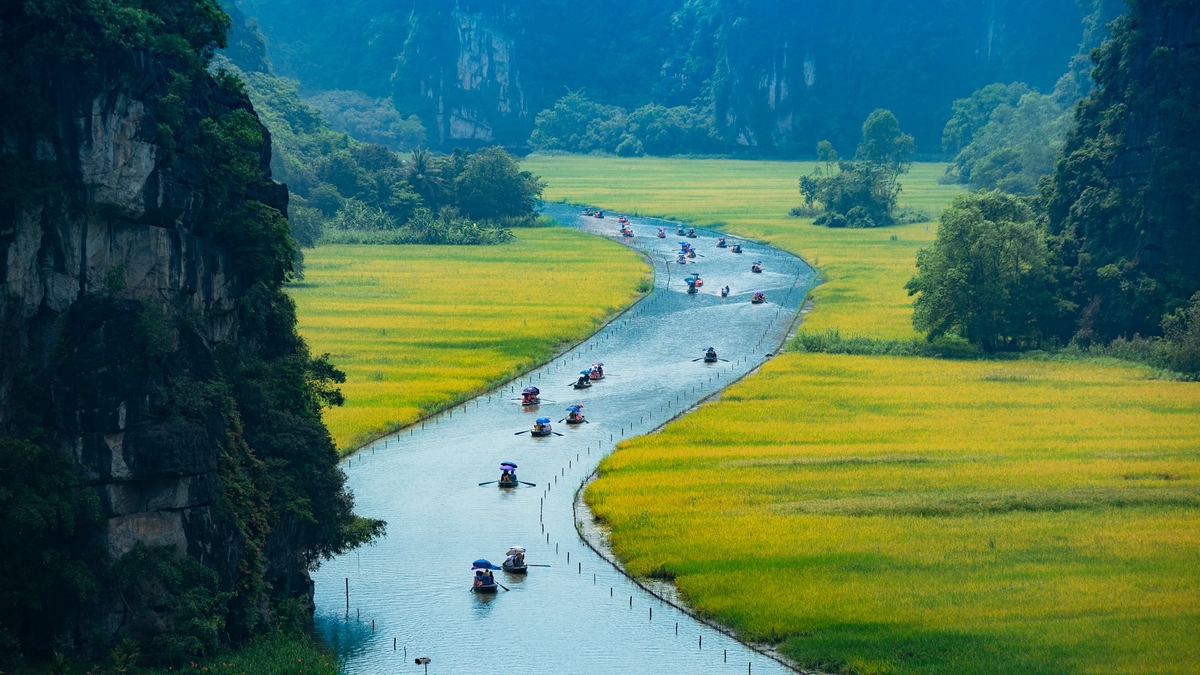
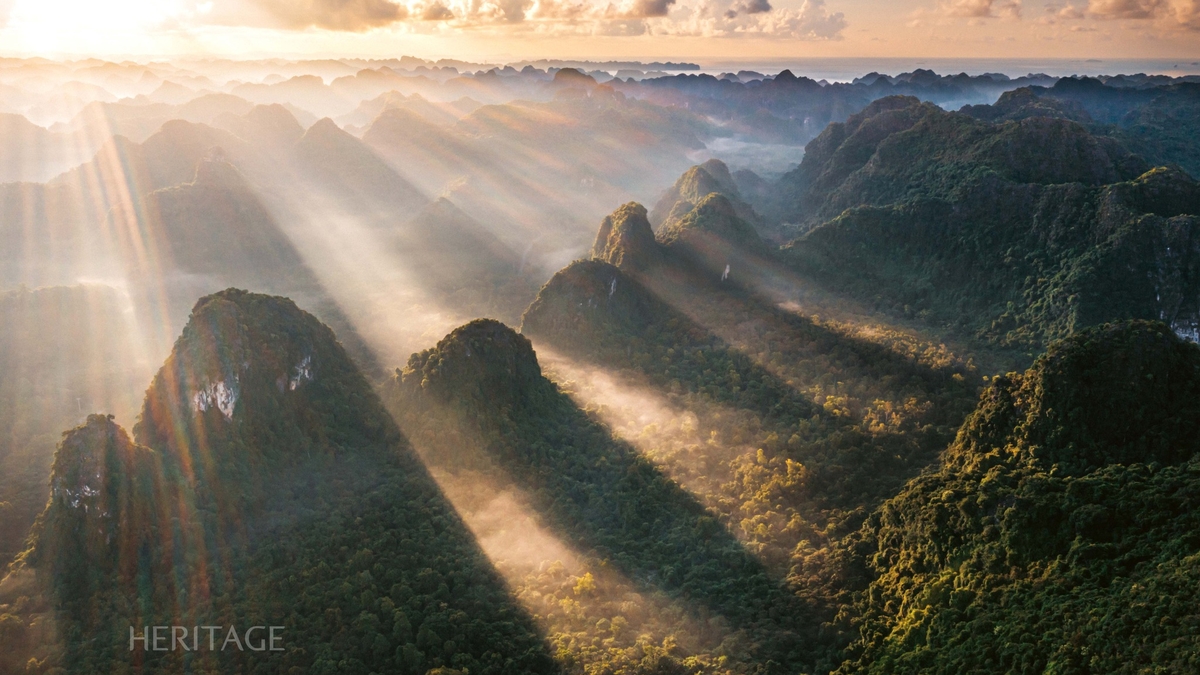
![[Photo] Prime Minister Pham Minh Chinh attends the 5th National Press Awards Ceremony on preventing and combating corruption, waste and negativity](https://vphoto.vietnam.vn/thumb/1200x675/vietnam/resource/IMAGE/2025/10/31/1761881588160_dsc-8359-jpg.webp)
![[Photo] Da Nang: Water gradually recedes, local authorities take advantage of the cleanup](https://vphoto.vietnam.vn/thumb/1200x675/vietnam/resource/IMAGE/2025/10/31/1761897188943_ndo_tr_2-jpg.webp)

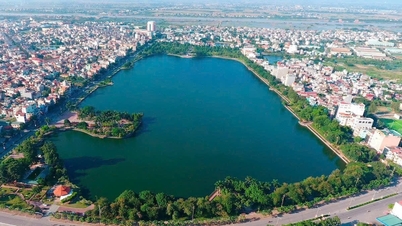

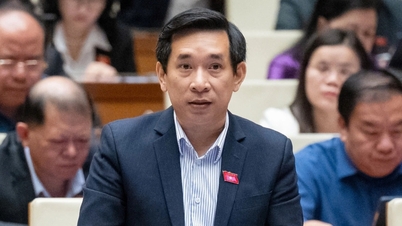

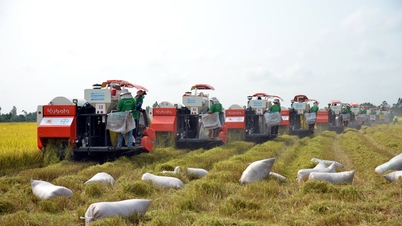

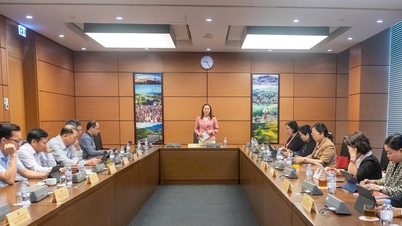
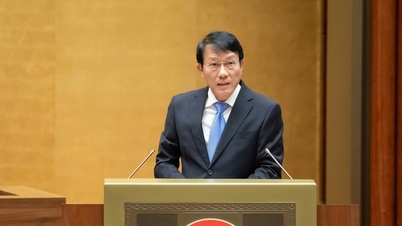

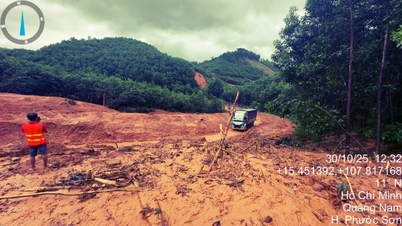
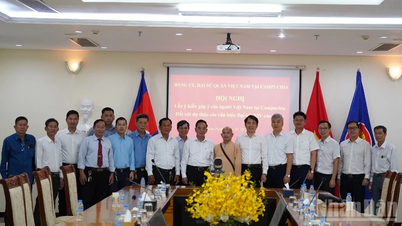


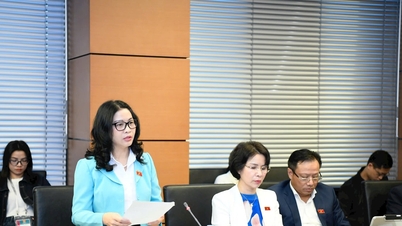
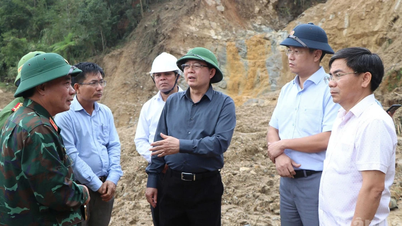
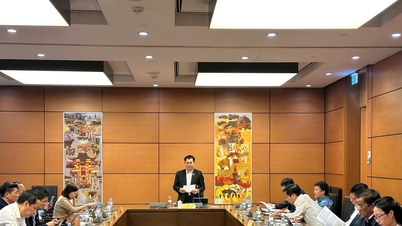






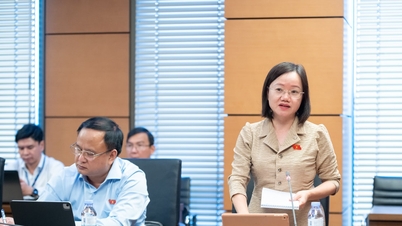

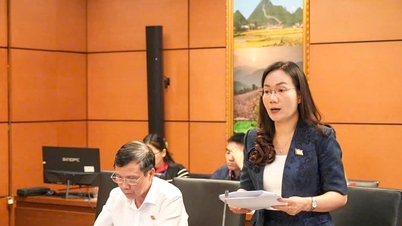
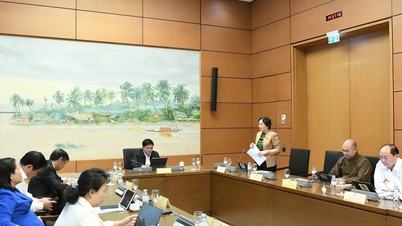
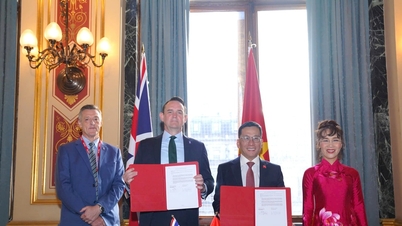
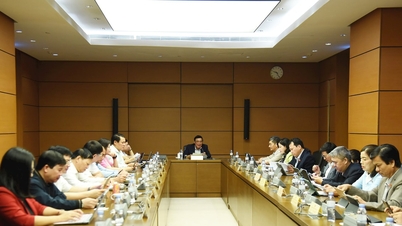


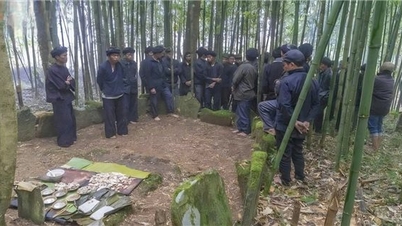

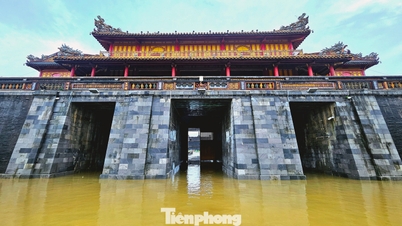

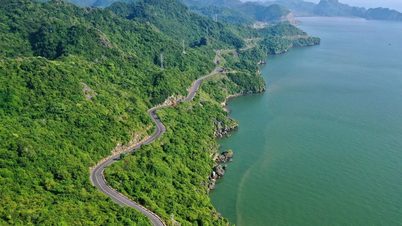
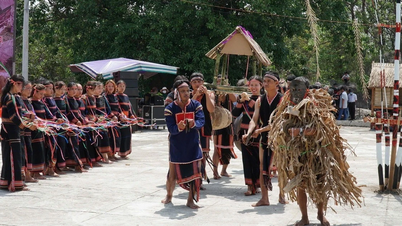












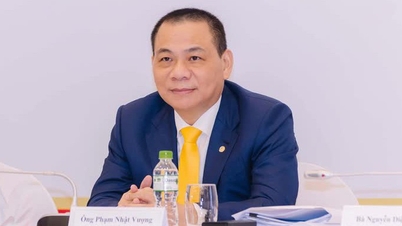

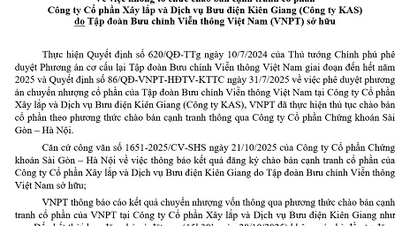


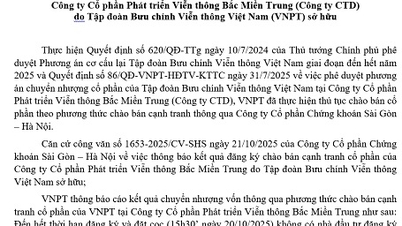
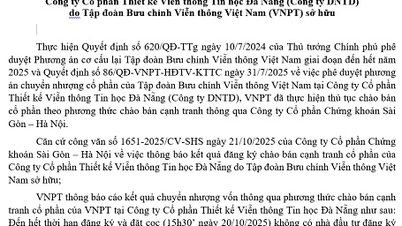






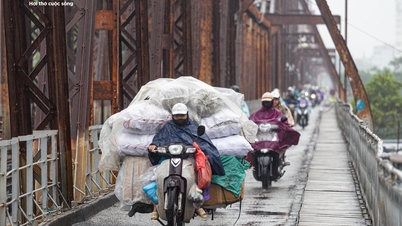
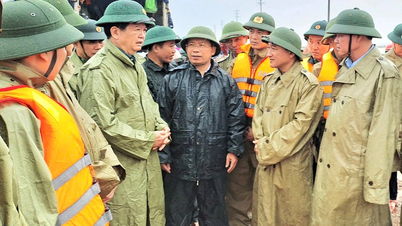
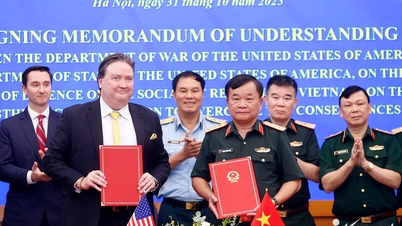


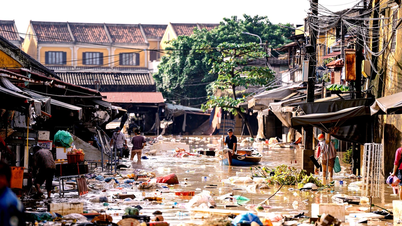

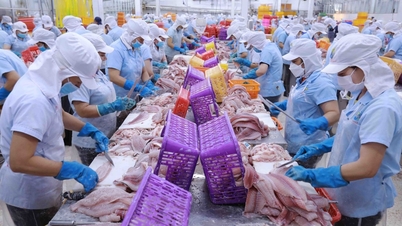


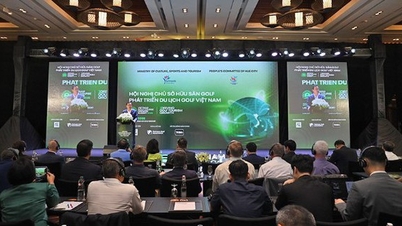

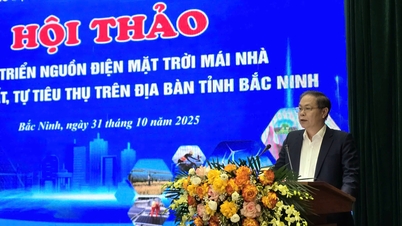
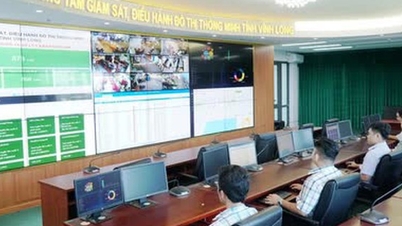

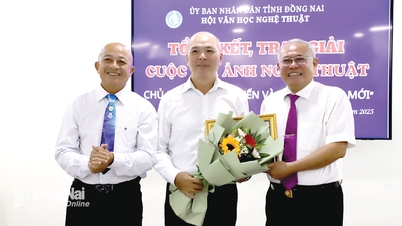

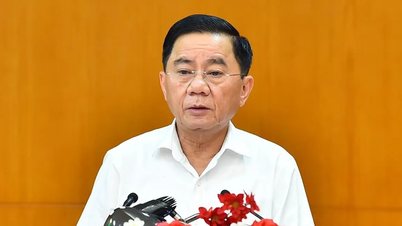



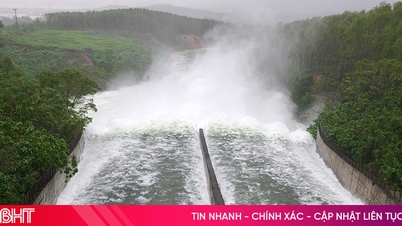















Comment (0)